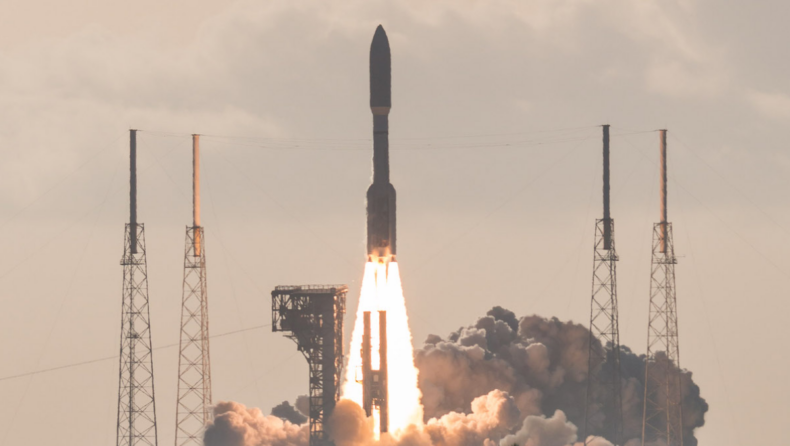NASA announced that it would send two more Ingenuity-class helicopters to Mars as part of its future Sample Retrieval Lander mission.
This is in light of the organization’s ongoing Mars Ingenuity-class helicopters mission’s resounding success. Although it may be nearing the end of its useful life, the small rotorcraft has outlasted expectations and, with 29 successful flights to date, has demonstrated that employing a helicopter to explore Mars is more than feasible.
The Perseverance rover’s linked Ingenuity-class helicopters have performed much above expectations since it touched down on Mars in February of last year. 11 samples from Mars’s surface were successfully obtained by NASA’s first helicopter. As part of its Mars Sample Return Program, the US space agency is now preparing to send two more helicopters into orbit.
These helicopters were sent to Mars in order to return rocks and dust from Mars to Earth. According to information provided by NASA, the design of the helicopters will be similar to its first successful Ingenuity helicopters.
This Mars mission is being carried out by NASA and the European Space Agency (ESA). According to NASA, both helicopters will be able to deliver tiny tubes containing pieces of Martian rock, much like an extraterrestrial drone.
Ingenuity, a NASA chopper that has been collecting pebbles and dust from Mars’ surface for more than a year, has already made 29 trips there. Scientists will use the Martian pebbles for investigation using cutting-edge laboratory equipment on Earth that cannot fit in a spacecraft.
The Perseverance rover will be utilized to transfer the rocks to a spaceship for the return trip, according to a plan released by NASA. NASA declared, “We’re bringing a piece of Mars back to Earth.”
According to NASA, the Perseverance rover is currently traveling through Jezero Crater and collecting samples from Mars that will be carried off in the Mars Ascent Vehicle and returned to Earth on the Earth Return Orbiter of the European Space Agency.
We are confident that Perseverance will successfully return the samples, and we have added the helicopters as a backup method, according to Jeff Gramling, head of NASA’s Mars sample return programme.
NASA’s Perseverance rover will be serving a dual purpose by transporting samples to the rocket that would blast them off Mars ten years from now, as per the plan that was unveiled by NASA on July 27, 2022.
Martian rocks will be the first scientific samples ever returned from another planet if this Mars Sample Return Program mission is a success.
It is planned for the Earth Return Orbiter and Sample Retrieval Lander to launch in the fall of 2027 and the summer of 2028, respectively, with samples arriving on Earth in 2033.
Perseverance and the Sample Retrieval Launcher were supposed to be connected by a different rover at first. However, plans have changed, and Perseverance will now carry objects by itself, with no additional rovers needed, according to NASA.
And now The two helicopters will be used as a backup plan to retrieve the samples.
A Sample Retrieval Lander will receive Martian rock samples from Perseverance or the helicopters. The samples will next be loaded into a Mars Ascent Vehicle (MAV), a tiny rocket that may become the first artificial object to launch from the surface of Mars, by a robotic arm on the lander.
The Earth Return Orbiter will then return the samples to our oceanic planet after receiving the payload from the MAV.
Also Read:https://chinapower.csis.org/chinese-space-station/













